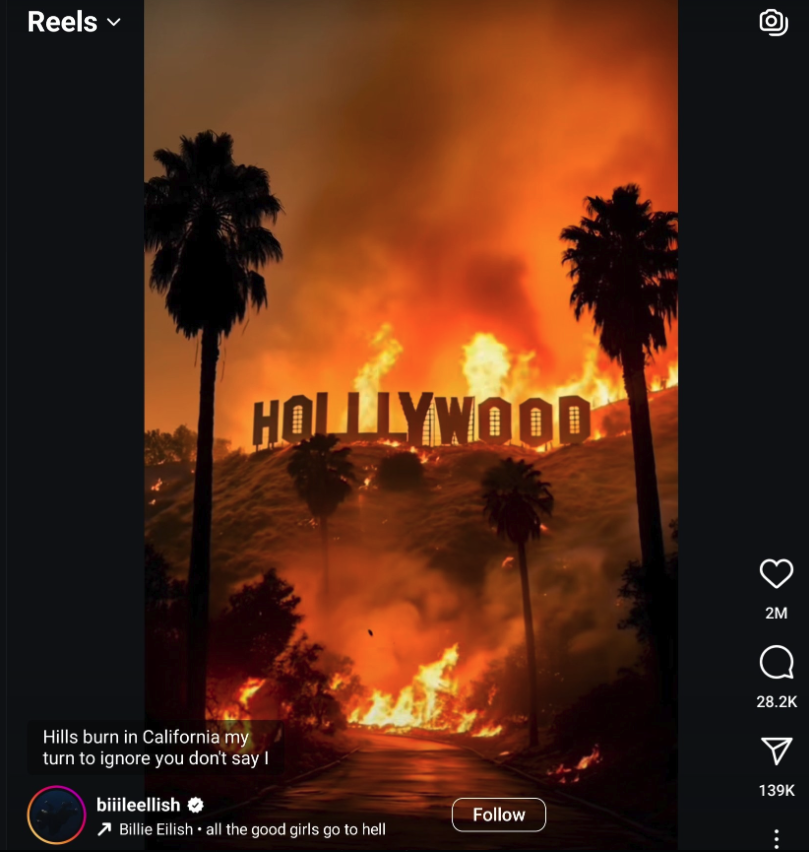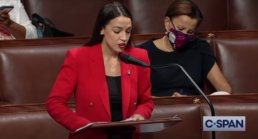I’ve had my share of crises.
Throughout my career as a corporate spokesperson, I’ve helped communicate important information around devastating pandemics, cybersecurity breaches, paralyzing employee strikes, potentially deadly floods and ice storms, and tragic, unexpected deaths.
Over the years, I learned that it’s important to have a well-practiced crisis communication plan sitting ready so our teams could get ahead of and rapidly respond to misinformation and rumours. It’s critical. Because we had to give people the key, sometimes lifesaving information they needed during high-stress times.
But the deadly and destructive wildfires in Los Angeles, got me thinking about how much things have changed in the last five years. The fires sadly continue to burn, and managers haven’t had an opportunity yet to take a deep breath outside of the smoke and debrief the results of their crisis communications plans. But already we’re learning some important lessons as communicators.
Rumours and incorrect information during a crisis are common because people are fearful and anxious, which drives them to their phones in a desperate search for information. This is why intense monitoring and rapid response is critical. The spread of misinformation in LA, however, is proving to be much faster than ever before thanks to AI, irresponsible influencers and bots. This is posing significant challenges to public safety, crisis management and communications efforts.
False information—outright lies that sometimes come even from the very highest office—have rapidly spread across an increasing number of social media platforms. This creates more panic. More confusion. And more danger.
Misinformation distracts people from critical public safety messages, puts lives at risk and makes the job of heroic and exhausted rescue workers even harder.
Misinformation distracts people from critical public safety messages, puts lives at risk and makes the job of heroic and exhausted rescue workers even harder.
In 2025 and beyond, we are facing unprecedented challenges that must be built into our crisis communications plans:
- Monitoring and myth-busting real-time misinformation that spreads faster than ever before.
- Adapting to rapidly evolving digital platforms fueled by artificial intelligence.
- Building public trust that has been waning over the years and further damaged by misinformation.
- Managing the increasing demand for innovative content delivery.
Crisis communicators—for both the lead and the supporting organizations—play a pivotal role in countering misinformation, disinformation and bullshit during emergencies or reputational crises. Effective strategies that have been adapted to the new world of artificial intelligence include:
Dust off that crisis communications plan now
Crisis communications plans—that you may have spent a lot of money to create—aren’t worth much if they aren’t practiced, shared and adapted regularly. The world, comms tools and teams rapidly change and the worst time to test your memory and skills is in the middle of a crisis. Review your plan at least once a year; put it through fresh eyes, scenario planning, simulations and fine-tune it.
Putting out the misinformation fires in real-time

AI tools like ChatGPT and Perplexity are changing the information ecosystem, which has become a sewer-pipe of rumours, misinformation and generally bad advice. But those same tools can also help you during a crisis with monitoring and quickly analyzing false information. Your teams can benefit from annual training in emerging AI technology and then adapt your crisis communication plan.
Establish effective official channels that reach your audiences
Social media channels are rapidly expanding and evolving (I’m still mourning the early Twitter days) and need an annual review to ensure they are still reaching your audiences effectively. Your website is something you completely control so make sure it is ready to help you manage communications during a crisis. The Los Angeles Fire Department has been busy putting out fires while they put out fires: debunking false claims and correcting misinformation in real-time to maintain public trust and help deliver critical, life-saving information. Proactive engagement also helps build trust and prevent the spread of rumours.
Get your spokespeople out from behind their keyboards
One of the most effective ways to build trust with your audience is to have a real, empathetic and smart human face delivering the information directly. Again, the time to do that for the first time is not during a crisis but long beforehand. Invest in regular media training, as well as plain-language and narrative development. During a crisis, focus on transparency and clarity. Use storytelling to deliver your messages with compassion and understanding to build trust. Ensure your spokespeople are available to media throughout the crisis. And make sure your humans sound like humans.
Collaborate with trusted voices
Partnering with similar organizations, industry influencers, and media outlets can help you amplify accurate information and squash false claims. Working with partners can help you get reliable information to diverse audiences. Consider using AI to provide real-time translations.
Leverage visual and multilingual content
Give your audiences clear visual aids, such as infographics, videos, images and maps (media will really appreciate and may use well produced visuals). Along with multilingual updates, visuals can make more information easier to understand for more people.
Once the wildfires in LA are under control—I pray by the time you read this the smoke has finally cleared—and people begin to rebuild their homes and their lives, the communications lessons will hopefully help us manage through the inevitable next crisis.
Does your organization need crisis communications training? We can help. Contact us today.
Anne Marie Aikins
Executive Consultant, Public Relations, Crisis Management and Media at Curious Public. Anne Marie is a public relations, media, and crisis communications expert with over three decades of experience as a trusted spokesperson for some of Ontario’s biggest public sector organizations.
Related Posts
September 29, 2020
The second wave is coming. Let’s remember the 6 lessons of the first wave
0 Comments3 Minutes


